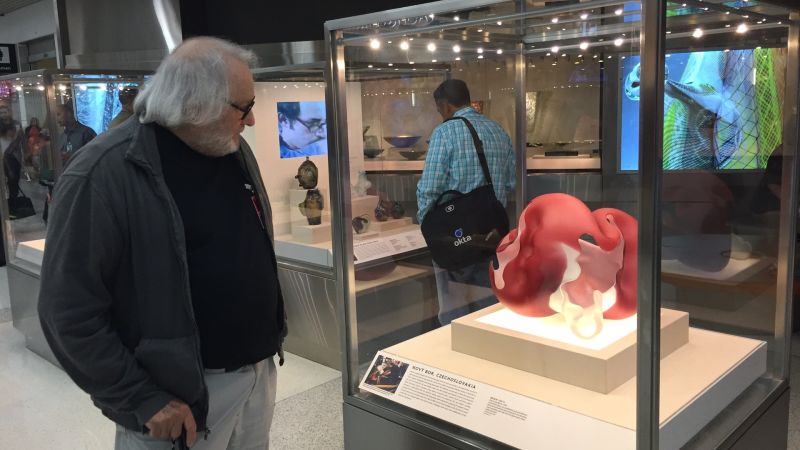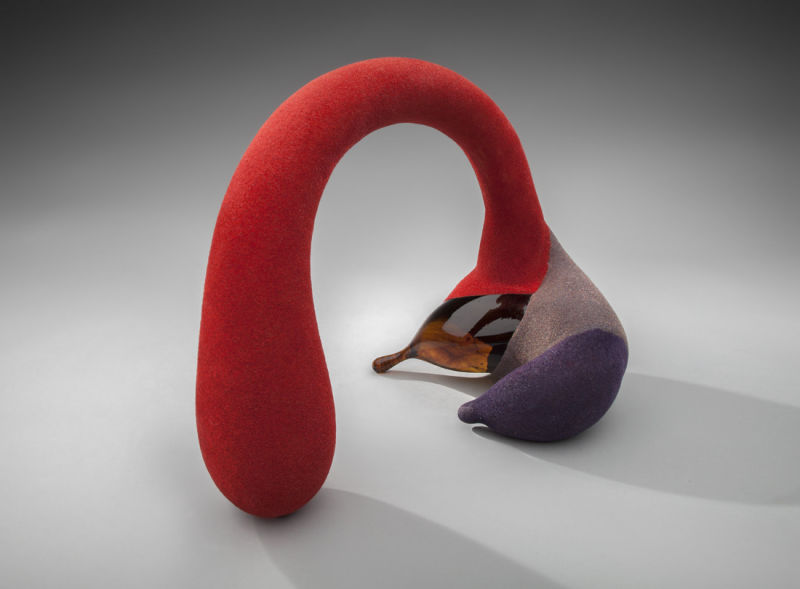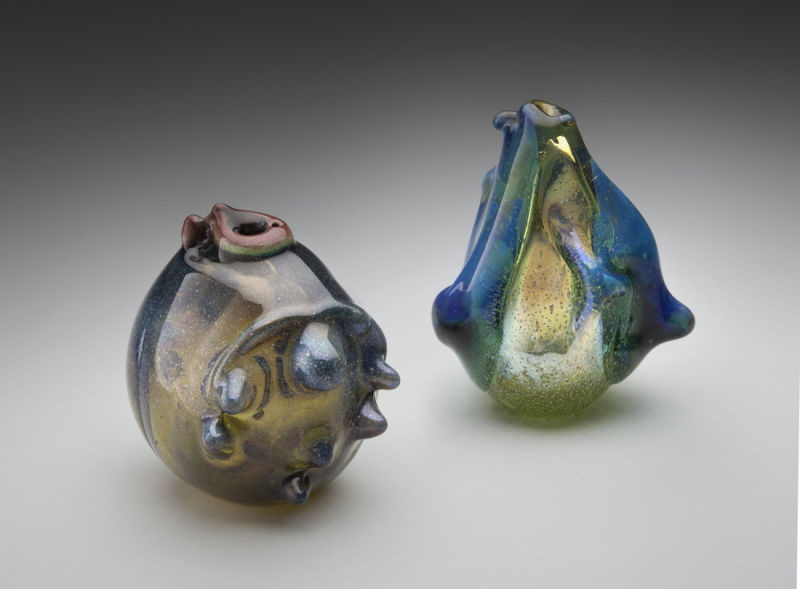“I was told about Marvin before I actually met him,” Fritz Dreisbach, a pioneer of the American studio glass movement, remembers of Marvin Lipofsky, a revered, Bay Area-based glass artist and educator who passed away on Jan. 15 at the age of 77.
Dreisbach heard about Lipofsky from Harvey Littleton, the man who launched the movement at the University of Wisconsin, Madison. There begins a story that shares more than a few similarities with the origin stories of several religions. When people talk about glass art in America, they start to use that kind of language.
A couple weeks after Lipofsky’s passing, the glass art world is still in a state of sorry shock. If Littleton started the movement, Dreisbach says, “Marvin was one of the first disciples, spreading the word about glass.”
Lipofsky did that in two ways: he made glass art, and he taught other people how to do it, from the very beginning. The ink was barely dry on Lipofsky’s diploma when he was hired by UC Berkeley to launch its glass program. That program didn’t last, and Lipofsky went on to launch another program at the California College of Arts and Crafts in Oakland (now the California College of the Arts). In 1968, Lipofsky started the Great California Glass Symposium, and in 1971, he helped found the Glass Art Society, along with other glass artists like Dreisbach.
“He was the kingpin, the guy that I looked up to,” Dreisbach says, adding he and others who taught classes often modeled theirs after Lipofsky. “Most of us went into teaching, so that we could get a lot of people involved. Marvin was the international roving ambassador of glass. He did travel a lot, to conferences and symposiums around the world. He would learn something one place and take it to the next place.”




